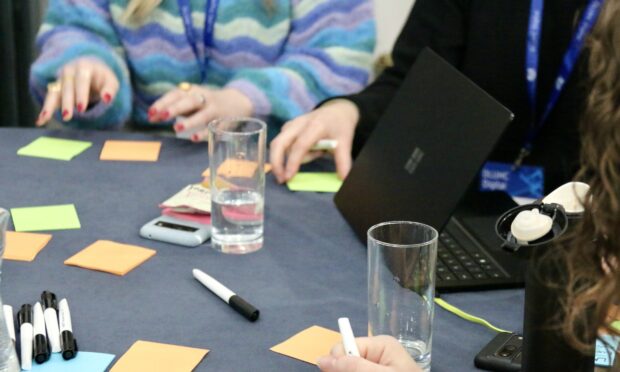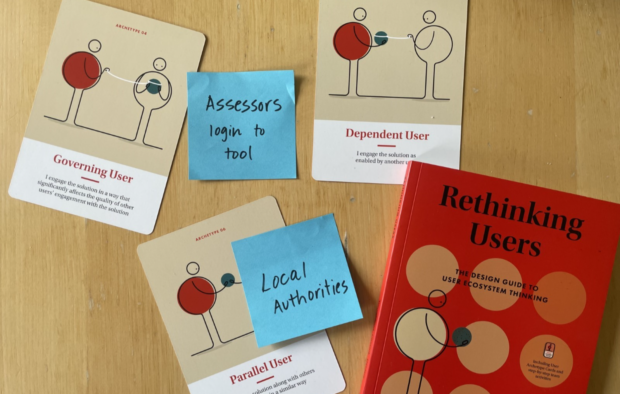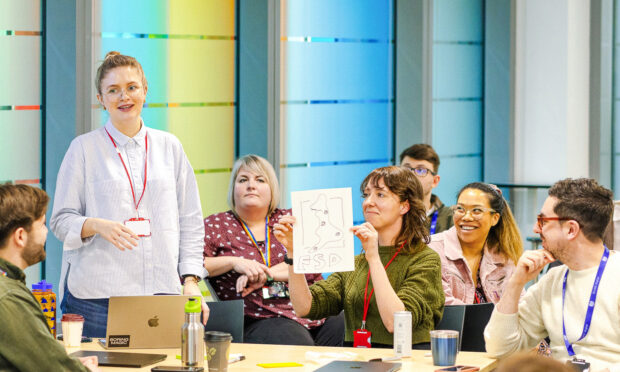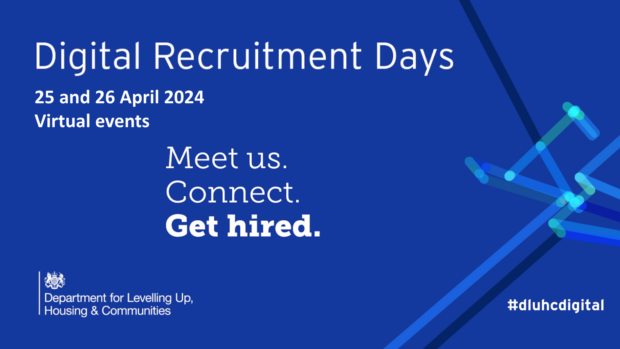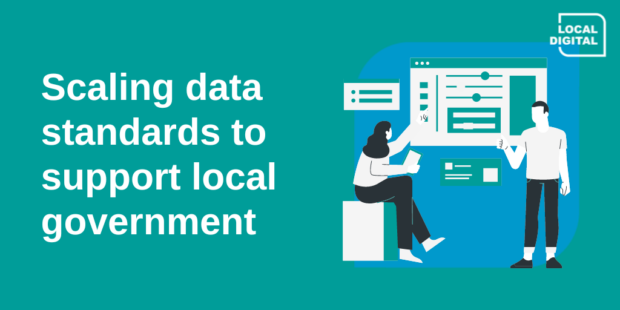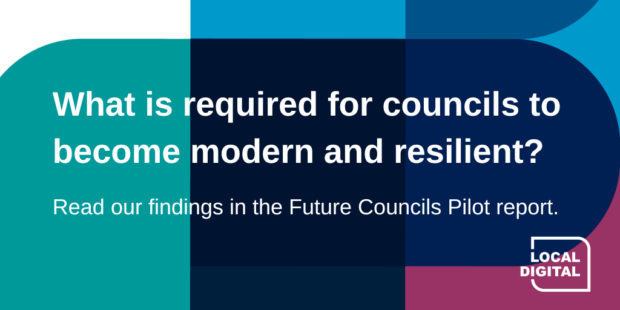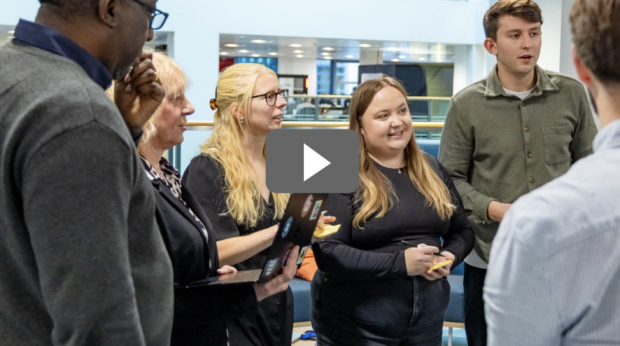Delivering at pace: introducing Common Tools as a Service
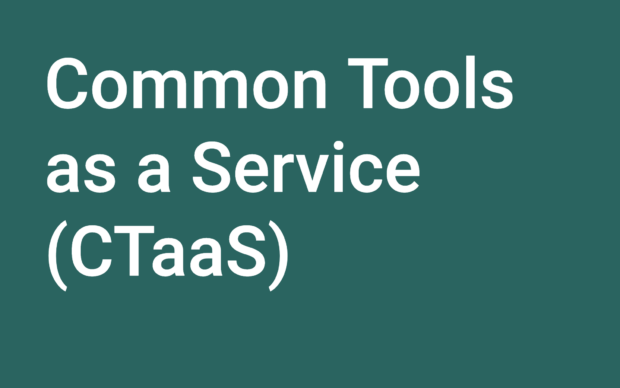
For the past few months, an MHCLG Digital team has been working on a new initiative called Common Tools as a Service (CTaaS), which is set to become an expanding area of MHCLG Digital. This blog talks about the progress and work that has emerged from MHCLG Digital’s previous experiences and lessons learned in building …

